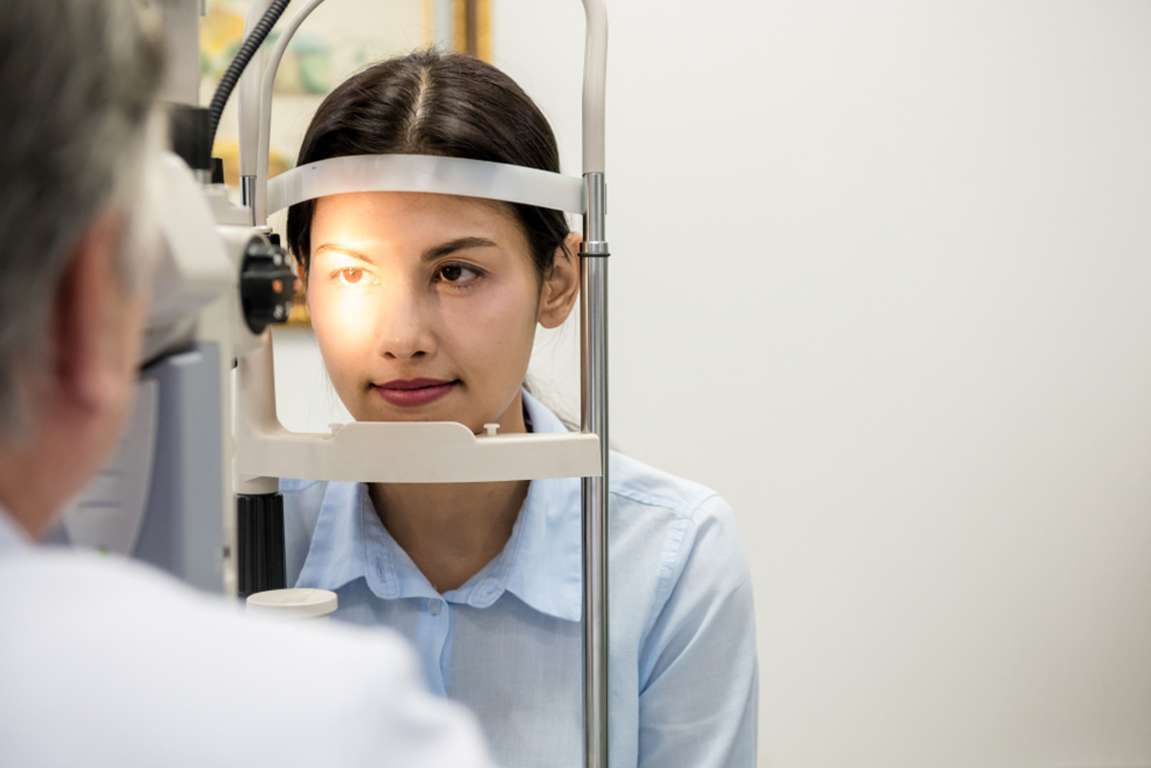
DALK is a partial-thickness cornea transplant procedure that involves selective transplantation of the corneal stroma, leaving the native Descemet membrane and endothelium in place. A trephine of an appropriate diameter is employed to form a partial-thickness incision into the patient’s cornea, followed by pneumodissection or manual dissection of the anterior stroma. This is followed by placement of a graft prepared from a full-thickness punch in which the donor endothelium-Descemet membrane complex has been removed. The intention is to preserve the patient’s Descemet membrane and endothelium. Just like PK, the graft is secured with interrupted and/or running sutures and these are then selectively removed post-operatively.
DALK Surgery Procedure
Before your surgery, testing and measurements of your eye are going to be performed. Your surgeon will explain the post-operative care and will address the other questions you would possibly have about DALK. Antibiotics and other eye drops are advice to use, before and after your surgery to assist in preventing infection and inflammation.
The surgery is performed under mild sedation. Numbing medication is additionally used so there’s little or no discomfort. Using sophisticated instrumentation, the donor cornea is ready and placed within the recipient’s eye. The same as a penetrating keratoplasty, the graft is secured using sutures which can or might not be removed post-operatively.
Vision after DALK
Your vision isn’t expected to be improved immediately; in reality, it’s usually worse on your first post-op day so it’s advisable to have someone with you who can drive. Some light sensitivity and scratchiness are common and visual recovery can vary. Most patients notice an improvement in their vision during the first two week period after surgery with continued improvement during following four to six weeks. This is often faster than the various months and sometimes years of rehabilitation needed after a standard full transplant. You may likely need a change in your eyeglass prescription at some point after the surgery and that we suggest waiting a minimum of eight weeks to do so to make sure there aren’t any visual changes during the course of healing.
The advantages of DALK include reduced rejection rate, reduced risk of late endothelial cell failure, quicker stabilization of the wound and earlier return to unrestricted physical activity. A shorter course of topical steroids (anti-rejection drops) after DALK means faster healing and fewer risk for steroid-induced glaucoma and cataracts.
